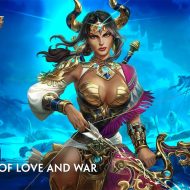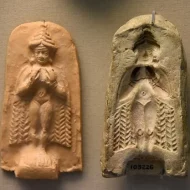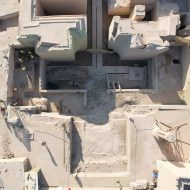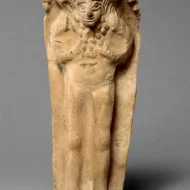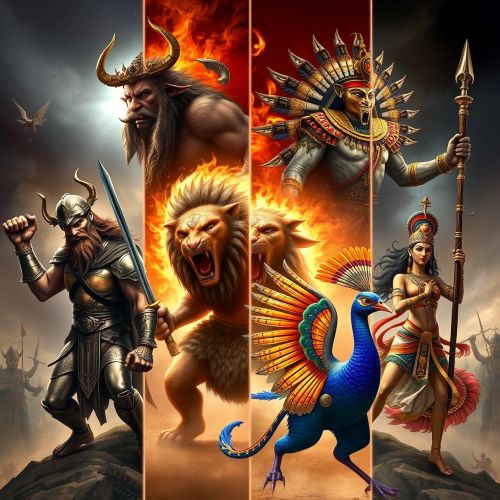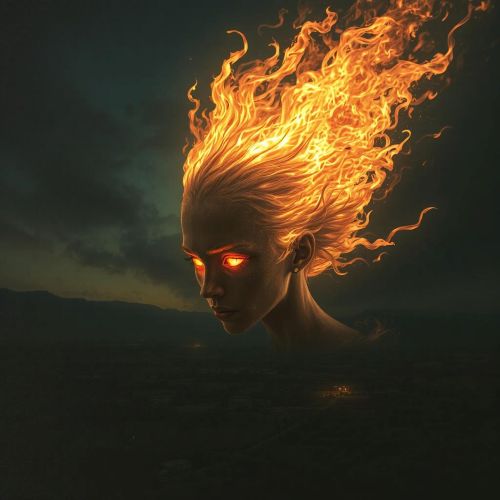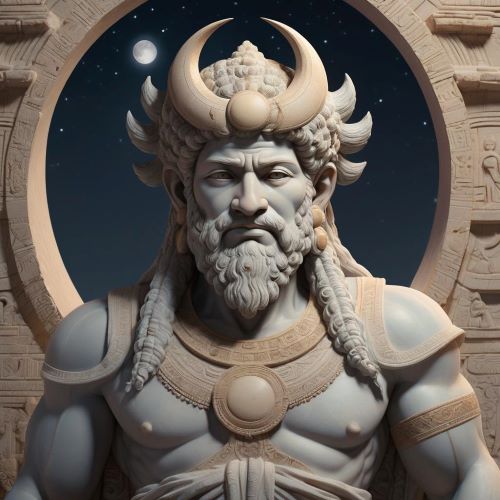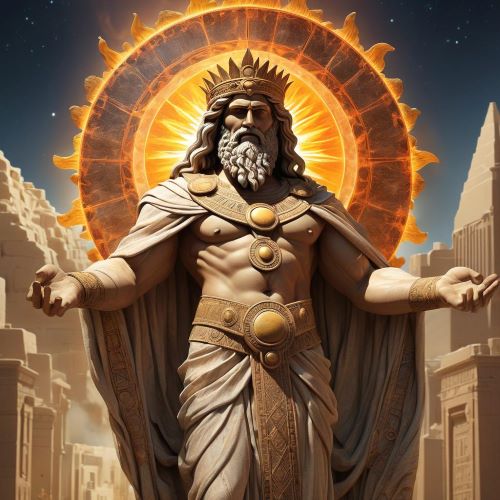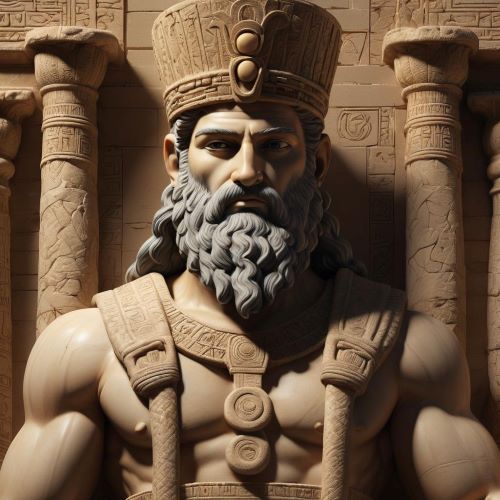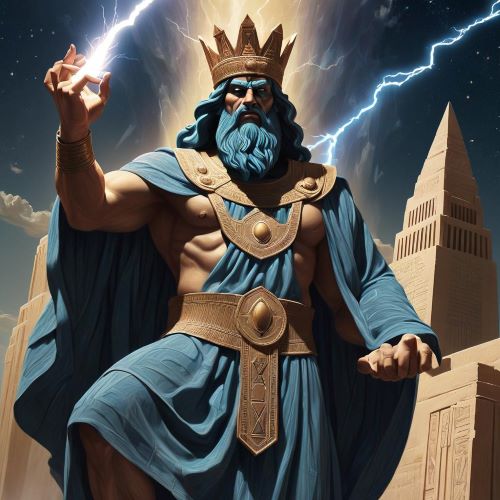Ishtar : Goddess of Love
Listen
At a glance
| Description | |
|---|---|
| Origin | Middle Eastern Mythology |
| Classification | Gods |
| Family Members | Utu (Brother). Ereskigal (Sister), Dumuzi (Husband) |
| Region | Iraq, Syria, Turkey |
| Associated With | Love, Fertility, War |
Ishtar
Introduction
The goddess Ishtar is a prominent figure in the culture of the ancient Mesopotamian people, and she is often associated with war and love. Although she is not widely known today, she has a significant historical and cultural influence. Inanna, an important goddess in the Sumerian pantheon, came to be identified with Ishtar, but it is uncertain whether Inanna is also of Semitic origin or whether, as is more likely, her similarity to Ishtar caused the two to be identified.
It’s hard to overstate how important Ishtar is in the ancient world. As the most prominent Mesopotamian goddess, she has been associated with various aspects of the lives of her followers. She was revered across the Near East during a significant period of history. Ishtar’s cult was first established at Uruk during the 4th millennium BCE, making her an early example of a complex civilisation.
Physical Traits
She is often portrayed as a fierce goddess who rode into battle on seven giant dogs (or possibly lions), and who even the most supreme Mesopotamian deities feared when she was on the warpath. Inanna/Ishtar is frequently presented anthropomorphically in myths. In Sumerian love poetry, she is depicted as a young woman who lives at home.
Family
Ishtar’s mother, Nanna, and her father, Ningal, are both related to the Mesopotamian moon god Sin. Her brother, Utu, is a solar deity who is associated with the concept of justice. The goddess is also linked to Venus, the star of the morning and evening. Her courting partner is Dumuzi, who appears as a shepherd king in various ancient myths. His mother is the goddess Geshtinanna, and his sister is the goddess Nermu.
Powers and Abilities
From the Sumerian tradition, Ishtar was regarded as a fertility figure. However, she evolved into a more complex deity, surrounded by myth and forces that are contradictory. She is also associated with the planets Venus and Shamash. In Akkadian mythology, Ishtar is regarded as an astral deity, and she is a part of a secondary planetary trio.
Ishtar is regarded as one of the most complex gods in the ancient world. In Mesopotamian mythology, she is depicted as a deity who has all the divine powers and is entitled to the throne. Ishtar is one of the most prominent Mesopotamian gods. In mythology, she is depicted as an extraordinary deity who is entitled to the throne and has all the divine powers. Moreover, various stories portray her as a political and tactical genius who can use her intellect to outmanoeuvre and gain allies.
Ishtar was able get the Bull of Heaven in the Epic of Gilgamesh to avenge the insult she suffered at the hands of Gilgamesh. After she was imprisoned in the Underworld, she was able to convince the god of wisdom Ea to help her escape.
Modern Day Influence
One of the most prominent features of the deity’s image is her ability to connect with people. Her status as a powerful female deity and her networking capabilities make her an ideal subject for modern audiences. Her dual nature and the evolution from the original goddess with the passage of time and influence of multiple civilizations also add to the interest behing this goddess. Unfortunately, not very much in term of new information has been gathered from the war ravaged country and researchers are hoping to continue their study in Iraq.
Related Images
Frequently Asked Questions
What is Ishtar the god of?
Ishtar is a primary Mesopotamian goddess closely associated with love and war. In Mesopotamian religion, she is known as the goddess of war and sexual love.
Which goddess kills Ishtar?
In one of the tales, Ishtar descends into the Underworld and is killed by her sister, Ereshkigal. However, Ishtar orchestrates her resurrection by offering her Dumuzi as a sacrifice in her place so she can return to the world of the living.
Is Ishtar a beauty goddess?
Yes, Ishtar is often associated with beauty, as she is the goddess of love and fertility. However, her domain is not limited to beauty alone. She is also associated with war, political power, and other aspects of life. So, while beauty could be a part of her influence due to her association with love and fertility, it is not her sole domain. Ishtar is a complex figure with many contradictory connotations and forces.
Who is the father of Ishtar?
Ishtar, also known as Inanna in Sumerian mythology, has different parentage in various myths. Some myths say that Ishtar was the daughter of the moon god Sin. Others mention the sky god Anu, the moon god Nanna, the water god Ea, or the god Enlil, lord of the earth and the air, as her father. So, it’s not definitively clear who Ishtar’s father is, as it varies across different myths and traditions.
What did Ishtar do to her lovers?
Ishtar had a reputation for being both a passionate lover and a vengeful ex. In some myths, she is portrayed as a considerate lover who mourns the death of her consort. However, other narratives portray her in a completely different light. She is known to have treated her lovers cruelly.


